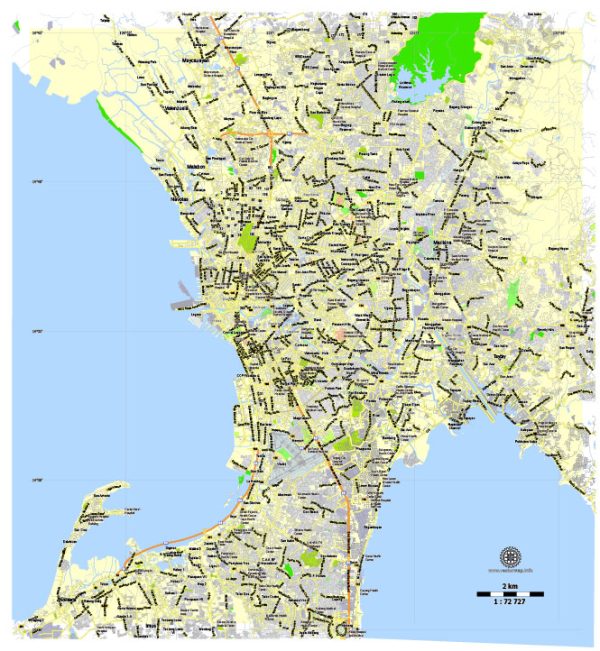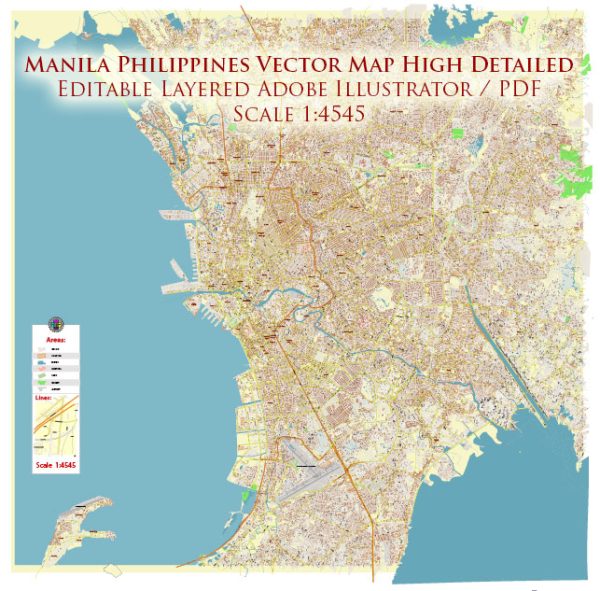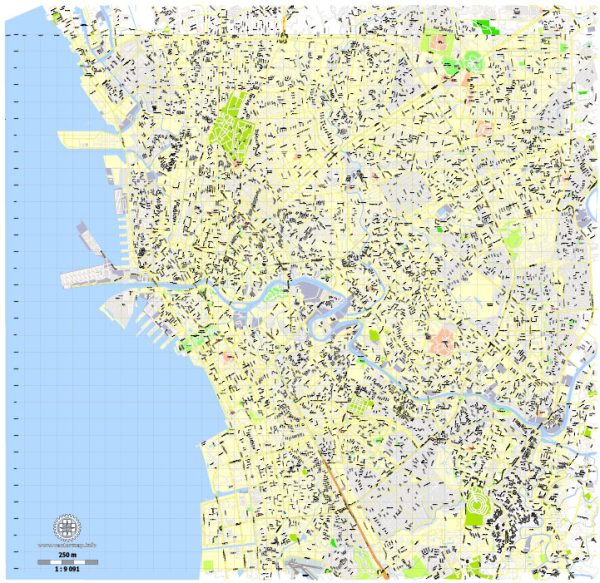Manila, the capital of the Philippines, is a major hub for various industries. As of my last knowledge update in September 2021, the city’s industrial landscape included a diverse range of sectors. Please note that the situation may have evolved since then. Here’s an overview of some key industries and economic activities in Manila:
- Manufacturing: Manila is home to a variety of manufacturing industries, including electronics, textiles, garments, food processing, and pharmaceuticals. The city’s strategic location and access to transportation and ports make it an attractive destination for manufacturing companies.
- Business Process Outsourcing (BPO): The BPO industry is a significant contributor to Manila’s economy. It encompasses call centers, customer support services, data processing, and other outsourced business functions. This industry has fueled the growth of office spaces, particularly in areas like Makati and Ortigas.
- Tourism: Manila is a popular tourist destination in the Philippines, and the hospitality and tourism sector plays a crucial role in the city’s economy. This includes hotels, restaurants, travel agencies, and related services.
- Retail and Commerce: Retail businesses, including shopping malls, supermarkets, and local markets, are abundant in Manila. Shopping districts like Makati’s Ayala Center and Quezon City’s SM City North EDSA attract both locals and tourists.
- Construction and Real Estate: The construction industry has been booming, driven by infrastructure development and real estate projects. Manila is experiencing significant growth in residential and commercial real estate, including condominiums, office buildings, and mixed-use developments.
- Financial Services: The city is a major financial center, with numerous banks, insurance companies, and financial institutions operating in the area. The Makati Central Business District is a key financial hub in the Philippines.
- Transport and Logistics: Due to its strategic location and proximity to major ports, Manila plays a vital role in the country’s logistics and transportation industry. The Port of Manila is one of the busiest container ports in the Philippines.
- Technology and Startups: The tech industry, including software development and startups, is growing in Manila. It has become a hub for technology innovation and entrepreneurship, with various co-working spaces and incubators supporting the startup ecosystem.
- Education and Healthcare: The city is home to numerous educational institutions and healthcare facilities, making it a center for education and medical services in the Philippines.
- Creative and Media Industries: Manila is known for its creative and media industries, including advertising, film, television, and digital content production.
It’s important to note that the industrial landscape in Manila is continually evolving, and the city has been working to diversify its economy and attract more investments in various sectors. Economic conditions and industry priorities may have shifted since my last update, so it’s advisable to consult more recent sources for the latest information on Manila’s industrial activities.




 Author: Kirill Shrayber, Ph.D.
Author: Kirill Shrayber, Ph.D.